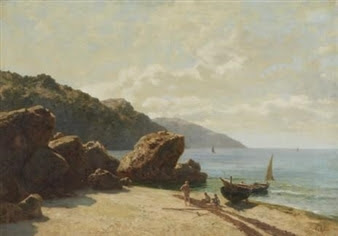On one of his many trips through Central Europe to secure a position in a renowned orchestra, Wolfgang Amadeus Mozart landed in Mannheim on October 30, 1777. The city enjoyed an intense musical life under the patronage of Elector Carl Theodor, and its orchestra was one of the best in Germany, so the 21-year-old Mozart's aspirations could not have been better directed. Unfortunately, despite befriending several musicians in the orchestra, including the Konzertmeister, the answer was the usual: "there was no place for him at the moment".
Not so, but the German composers and musicians who wrote music for Carl Theodor's court from the middle of the 18th century until the end of the classical era, did blaze a trail. Among them, the Czech violinist and composer Johann Stamitz stands out.
 |
| Johann Stamitz (1717 - 1757) |
To Johann Stamitz, for example, we owe the modern structure of the symphonic genre structured in four movements. Add to this the construction of the first movement with the structure of what later became known as "sonata form", with the first theme, second, development, and recapitulation.
Among the latter, the Clarinet Concerto in B-flat major stands out. A large part of the original manuscripts have been lost, so it is impossible to date its composition, let alone venture a "premiere" date, other than the unknown date when Carl Theodor, the Elector, heard it for the first time.
Movements:



